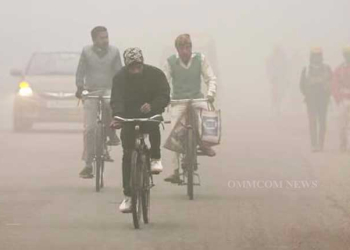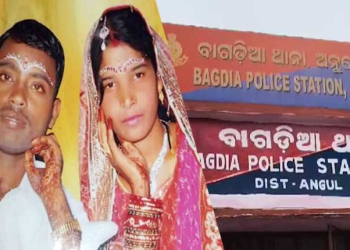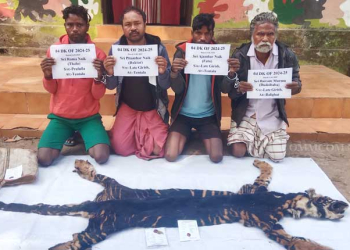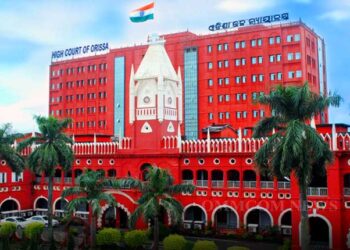Bhubaneswar: Over the past 15 days, Odisha has virtually turned into a boiling cauldron, and there are good number of reasons explaining this phenomenon. According to the Indian Meteorological Department (IMD), during the pre-summer months, there has been a sharp drop in rainfall which balances the rise in temperature during the peak season.
Scientist at IMD’s Bhubaneswar centre, Umashankar Das said that Odisha had 86%, 96% and 76% deficit rainfall in February, March and April (this year) respectively, which has resulted in the weather conditions experienced across the State today. Interestingly, this year there is no sight of Norwesters or ‘Kal Baisakhi’ which bring some relief during summers in tropical countries.
According to Das, the anticyclonic circulation which leads to moisture incursion into Odisha from Bay of Bengal has changed path this year. “This has deviated towards north-eastern and eastern Bay of Bengal thereby influencing Bangladesh and Mynamar which have experienced norwesters, while Odisha remains dry. A Kal Baisakhi is expected in the first week of May, but that would be short-lived for a couple of days,” he said.
Heatwaves are not uncommon in this part of the world. From 1963 to 2019, 499 persons have died due to heatwave conditions in Angul district. This means, 8 to 10 persons lost their lives every year, in the industrial and mining belt of the State. Similarly, over the past 56 years, Bolangir reported 498 heatwave deaths, followed by Sambalpur, Jharsuguda, Sundergarh, and Deogarh, where more than 450 deaths occured during peak summers.
Even the coastal belt of Odisha is not spared by the wrath of heatwave. IMD figures revealed that over the past five and a half decades, coastal districts of the State have reported 350 to 380 heatwave deaths. Titlagarh in Bolangir district crossed 50 degrees in June 2003, which has been the highest maximum temperature recorded in the recent past, in Odisha. Similarly, Bhubaneswar recorded the highest, 46.5 degrees Celcius in 1972. The capital city was the hottest in the country in March, 2021, by recording 44.2 degrees.
Heatwave killed over 2,000 people in Odisha in 1998 following which the State Government has been on its toes, so far as the summers are concerned. The preparatory meetings to tackle the peak months begin in January every year since, 1999. This year there have been multiple coordination meetings with the IMD during January, February and March, an official said.
The heatwave condition in Odisha usually occurs when the coastal wind becomes weak and dry northwesterly/ westerly penetrates into the State. Another factor that complements it is the reduction in frequency and intensity of Norwester activity (the reason explained above), Das said. “In the first week of May light to medium rainfall is likely. However, the heatwave condition will resume and dominate a major period of the next month,” he added.
The conditions Odisha is experiencing this year is being related to the temperature anomaly which was seen in 2009. The annual mean maximum temperature witnessed a rise of 5 to 6 degrees Celcius in 2009, with mercury levels topping 45+ in April and May, at several stations across the State. So, there is no respite from the scorching summer, anytime soon, at least for another one month.




















